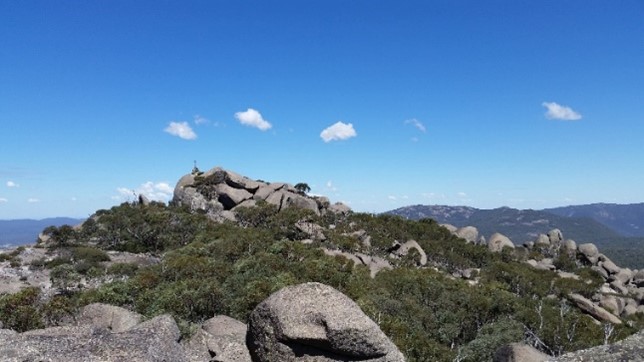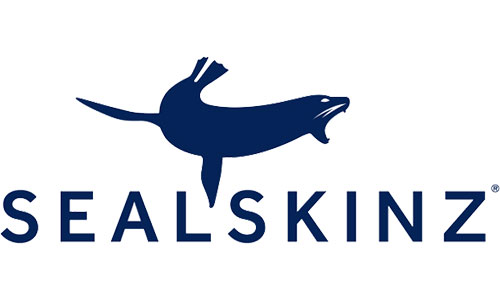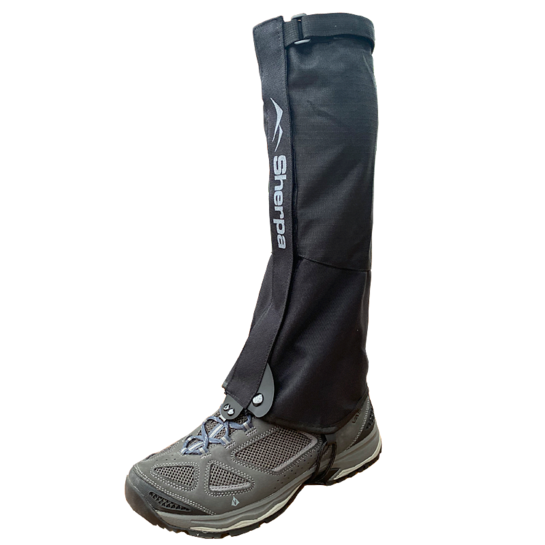- Author: Lauren Ogden, Ngunnawal Country
- Date Posted: 5 November 2021
Blisters, blood and bruises, oh my!
Sometimes I judge the difficulty of a hike by the kilometres, hours, or ascent. Other times, I look at “nature’s kisses” that I take home as souvenirs from my time in the bush, to conclude whether the hike was challenging or not.
I’ll admit I have made poor navigation decisions when it comes to choosing the scrub of least resistance. My stubborn nature generally results in me pushing through the seventh layer of bursaria hell, rather than finding a less direct (though probably quicker) path up a mountain. Knowing this about myself, means that a good chunk of my hiking pack is kitted out with essential first aid supplies for superficial wounds.
Let’s take a look at some of the bruised and bloody moments, and equipment that could have helped prevent or treat the wounds.
1. Mount Gudgenby, ACT

This is one of my favourite hikes in Namadgi, combining beautiful grasslands with moderate scrub and epic granite slabs. I was about half an hour in to the roughly 7.5 hour hike when my foot got caught in mud, and I toppled over. I hadn’t even reached the hard stuff yet. After my friends finished laughing at me ten minutes later, they noticed I was dripping a lot of blood from a cut on my arm. I never go anywhere without my first aid kit, so this was a simple case of antiseptic wipes, a butterfly wound closure, and a kiss to make it better.

The irony of my “I love hiking” shirt…
The AMK Mountain Series Backpacker First Aid Kit is a great option for day hikes, with all the handy inclusions for minor “oopsie-daisies”. I encountered another problem about 3 hours later, in the form of the worst leg cramping I have ever experienced. The pain shot up from my adducters to my lower back, and any movement was excruciating. My mates were more sympathetic this time round. These kinds of cramps affect me most when I am spending hours lifting my legs over boulders or downed trees. I am familiar with them, so always chuck some magnesium and electrolytes in my kit, which mixed with rest seems to work for me.
2. Cotter Hill, ACT
In theory this walk appeared to be a gentle one at 3.5 hours predominantly on fire trail, but then we left the path. Instead of walking a longer distance around to a gentle spur, I lead our group up a steep embankment with thick scrub and loose gravel underfoot. What could possibly go wrong? Well to start with, none of us had gloves, so our hands got cut up and blistered as we hung on to shrubs to stop ourselves slipping down the hill.
.png)
This experience taught me to always pack gloves, but also the value of blister relieving pads. They are super effective at protecting “hot spots”, but also magic at relieving the pain from open blisters. These pads have kept me going on multi-day hikes when foot blisters have threatened to send me home early. A blister pack is a solid investment for your first aid kit, such as AMK’s Blister Medic Pack.
Another lesson learnt on Cotter Hill was around the use of gaiters. The photo below demonstrates their effectiveness in bush bashing scenarios nicely. I dislike wearing gaiters because it is hard to find a pair that are comfortable over my chunky calves. It is good to see that brands are starting to offer a range of sizes though, so I might have to give them another go. Hiker one had shorts, no gaiters, and moderate blood loss. Hiker two had long pants, with minor blood loss. Hiker three had long pants, gaiters, and no blood loss.
.png)
3. Mount Kelly, ACT
.png)
This two-day trip deep into the heart of Namadgi was the first time I had bush-bashed with an overnight pack. The whole area had been wiped out in the 2003 fires, and the scrub had grown back with a vengeance. Just the smell of cassinia, or the sight of wild pea left me shuddering for weeks afterwards. I am not sure my hiking buddy will ever forgive me. I knew this off-track hike was going to be tough, so I prepared my emergency kit aiming to keep the pack weight down as much as possible. At 227 grams, the AMK Ultralight Watertight First Aid Kit is a good option to consider. I always add in a few extras that make me feel a bit more secure, such as a survival blanket, water purification tablets, anti-histamines, personal locator GPS, and a snake bite kit.
On day two, it was wonderful leaving my heavy overnight backpack behind for a sunrise climb up the main peak with just a daypack for snacks, water and first aid essentials. A daypack is a great addition to any backpacking trip for shorter day walks and off shoots where you don't want to take your big backpack. By the time we packed up and headed back into the scrub, my brain and body felt disconnected. Instead of climbing over the trees, I would hang on and kind of roll over them. It felt easier to fall through the bush than to step over it. My arms and legs were stinging, my knees throbbing, and my shoulders fatigued. With five kilometres to go, the sole of my shoe decided to come away from my boot. Thankfully, my first aid kit had a roll of tape, so that was an easy fix to get me to the end.
As we tumbled out into the open grasslands, my friend and I hugged the ground before taking stock of the damage. It looked like I had contracted measles, but I was just covered in scrapes and bruises. Clearly the earlier lesson of the benefits of gaiters had not sunk in. Bruises are easier to prevent than treat, so after this experience I worked on my leg strength and endurance. Thankfully I have never had a repeat of such a colourful display despite heading back into the scrub most weekends.
.png)
Sadly, this area was also devastated by fire in 2020. This might provide a small window of opportunity to revisit the area before the scrub gets out of control again.

























































































.png)








 Ships Free
Ships Free



